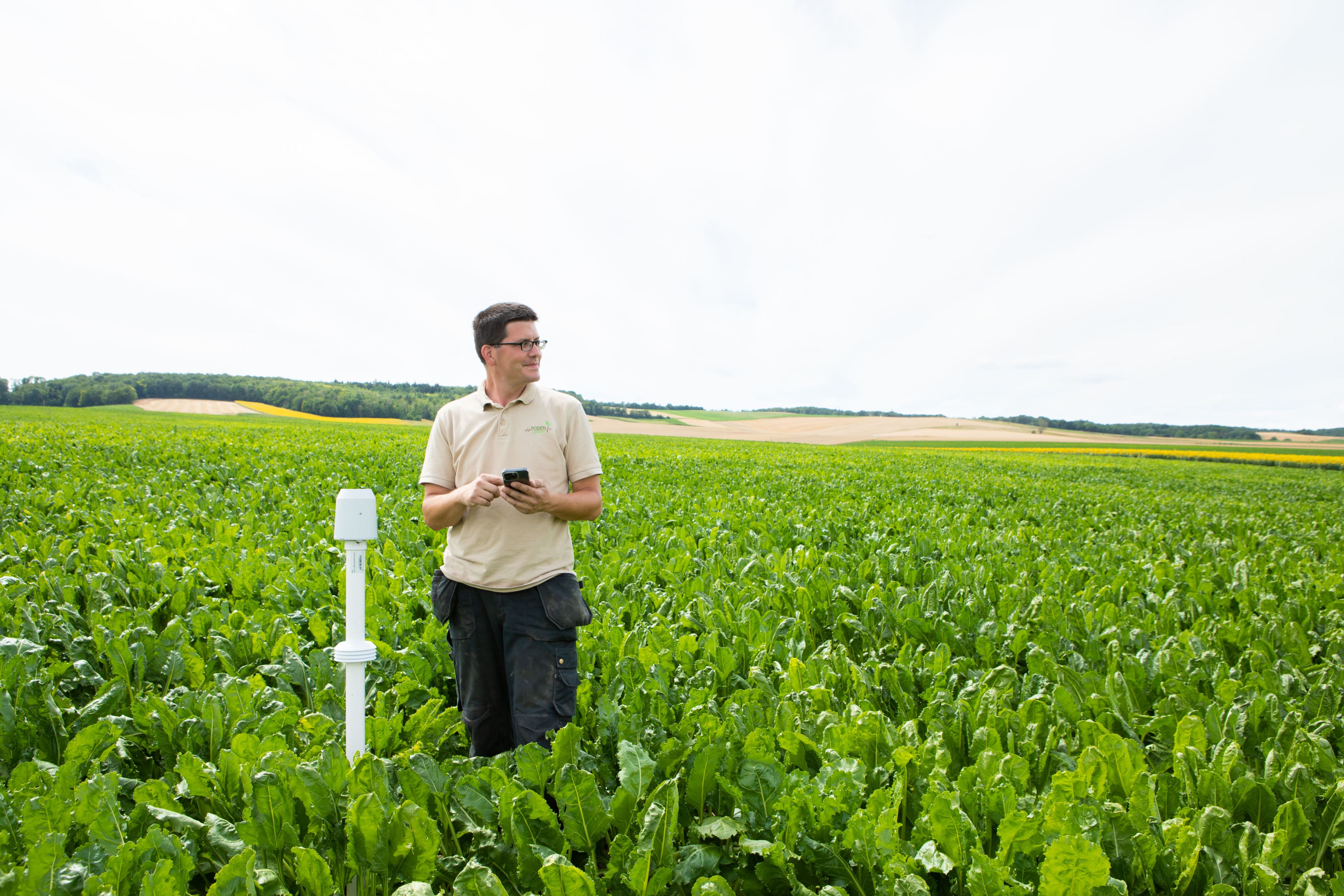Dry land gets new life through a mix of nature and technology
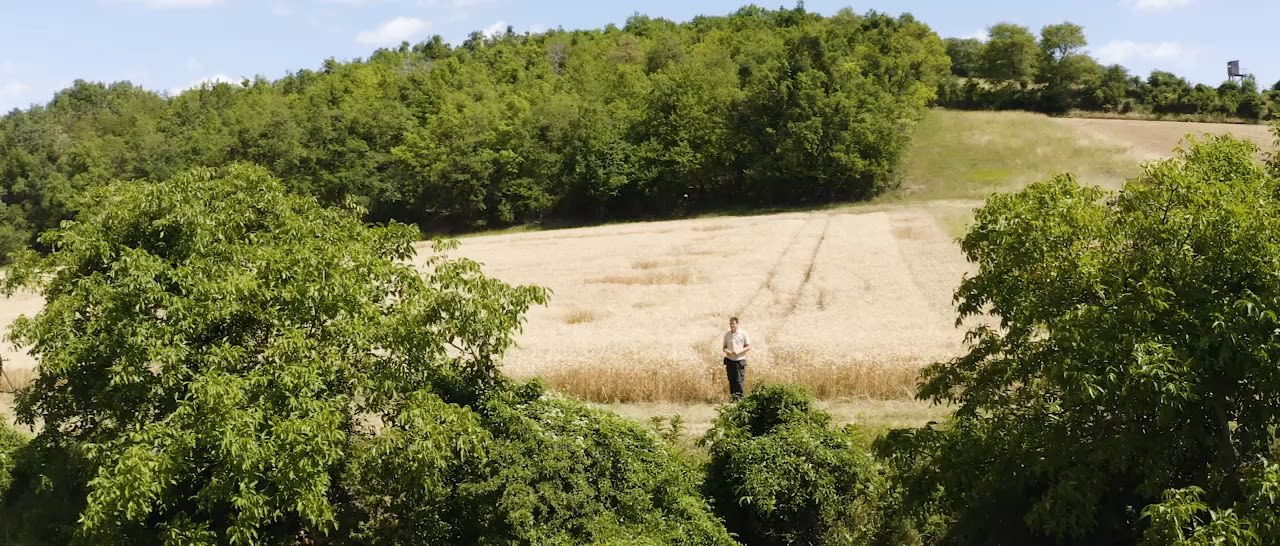
“We are really feeling climate change here,” says Lorenz Mayr. He gestures at the picturesque, hilly landscape of his arable farm in the heart of Austria’s wine region. On a hot summer day, the sun is intense. His crops are thriving, but behind this satisfying picture is another story. A story of arid soil, long periods without rain, then heavy storms where the water drains rapidly away down the hills, taking the earth with it and flooding houses below. It is one of the driest parts of Austria, getting 500 millimeters of annual rainfall. The water is very poorly distributed and traditional irrigation is impossible.
Mayr and his family are writing a new chapter in this story. They are pioneering regenerative agriculture, a mix of traditional farming techniques such as no-till, use of cover crops and crop rotation, and the latest precision agriculture and digital technologies. The idea is to keep every drop of rainfall in the field, so the soil is fertile for growing and storing carbon as it captures greenhouse gases from the atmosphere.
The family have farmed 120 hectares at Steinabrunn for well over 100 years. His grandparents moved there from the village below. Today the business profitably cultivates potatoes, sugar beet, maize, cereals and rape. Over all those years, their farming practices have been driven by the soil and the need to keep water in it.
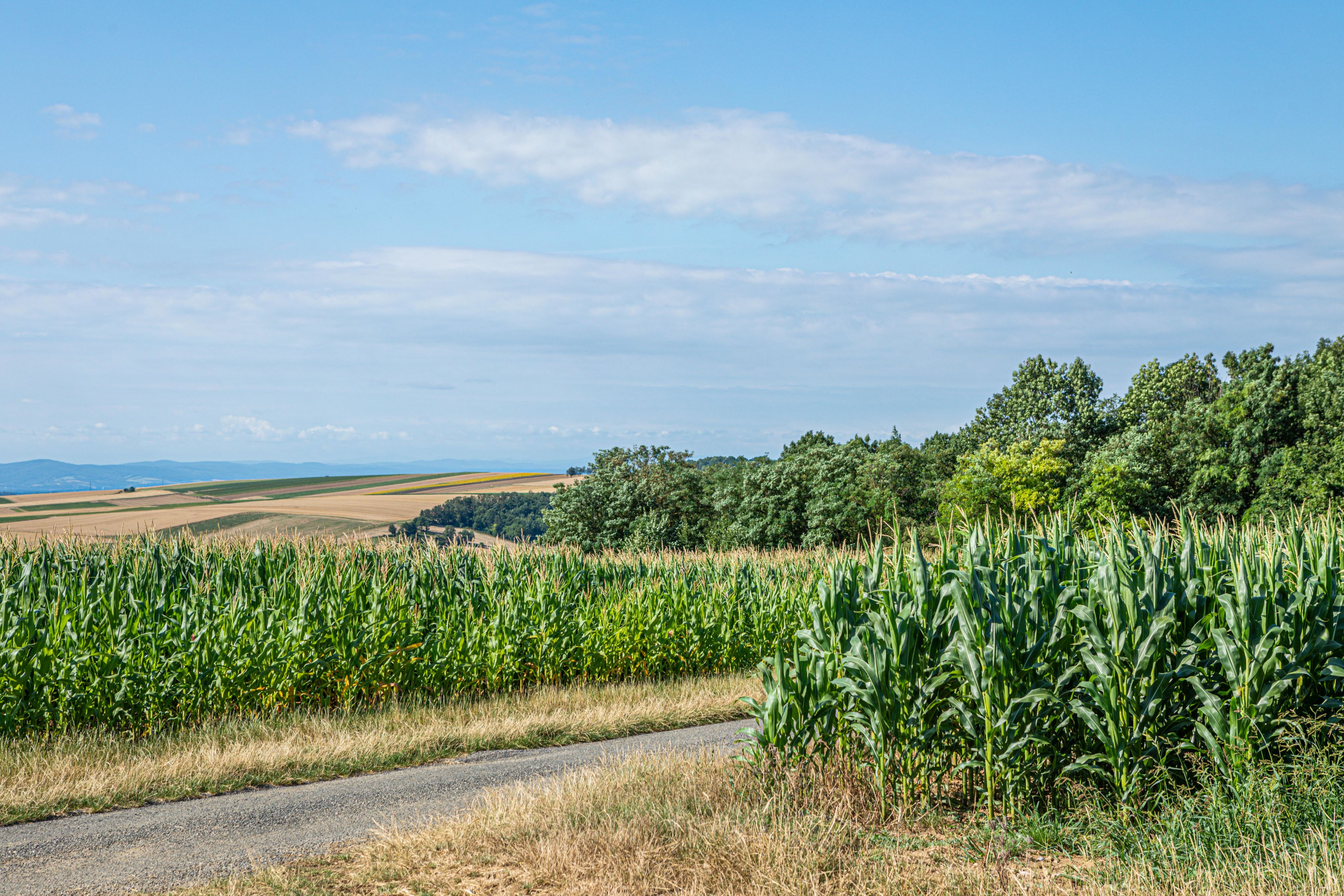
An open mind,
learning from failures
Lorenz Mayr joined the business after graduating from the Francisco Josephinum agricultural college and research institute in Wieselburg, Austria. Like his family, he has always been open to ideas and technology and willing to experiment, even if it has sometimes ended in failure. They are happy as long as they learn from their mistakes. That approach has brought them to a suite of practices and technologies built around soil protection, soil conservation and soil structure.
Before Mayr had heard of regenerative agriculture, he and his father were always concerned about soil erosion. Traditional plowing made it worse. They found what improves it: Always covering the land with vegetation and having roots growing so they gently and naturally loosen the soil.
It has taken over a decade to refine this regenerative approach and get it working well. He first tried no-till in 1995 but it was a failure. He jokes that it was lucky his father was away when he tried the first no-till trials. From failure came valuable lessons, most importantly, start small and keep on developing.
“We try to imitate nature, which means not digging up the whole area, but only the top of it. In nature, there is no soil movement, the seeds fall on the top. When we harvest our wheat, we’ll plant cover crops right away. The cover is like a parasol that we stretch over the field to reflect the sun, keep the temperature down and reduce evaporation,” says Mayr. Uncovered soil can easily reach 50-60C, covered soil is more likely 28-30C. At 40C, the soil’s micro-organisms which are its lifeblood, start to die.
The cover crops feed the soil with nitrogen, carbon and nutrients. Soil has multiple horizons, and one of them is a highly nutritious, life-giving layer called humus, Latin for “earth”. To achieve 1% of humus in soil takes around 30 years.
“With humus we manage to counteract the changing climate,” says Mayr. “Humus build-up is very important, and it’s just as important not to lose it. When heavy rainfall causes erosion, the humus we have been building up for 50-100 years can disappear in minutes. As the temperatures rise, it will get more and more difficult.”
Every day means
trying something new
He has a crop rotation plan that runs over roughly 8 years, always to be adapted if market prices, climate conditions or the land demand it. There are biodiversity areas and multi-use hedges. He chooses his potato varieties for plants that grow quickly to provide shade for the dry earth, and that have faster root development to loosen the soil below.
He is constantly trying new things to store the precious water. Five years ago, he hit on a way of creating tiny dams, water basins, in his rows of potatoes. He has been able to keep local shops stocked with the produce.
The wind is another hazard – “it dries the soil like a hairdryer” – so the multi-use hedges are needed to act as a windbreak, as well as providing habitats for wildlife.
Nature, though, needs some support from two other compartments of the regenerative agriculture toolbox, precision agriculture and what Mayr calls “everyday digitization”. Precision agriculture refers to the precise application of biological and chemical inputs allowing farmers to target agricultural practices only where needed. Digitization includes apps, sensors and other fast-evolving technologies. “Digitization, precision agriculture are certainly important points to increase efficiency and to meet future environmental targets,” Mayr emphasizes.
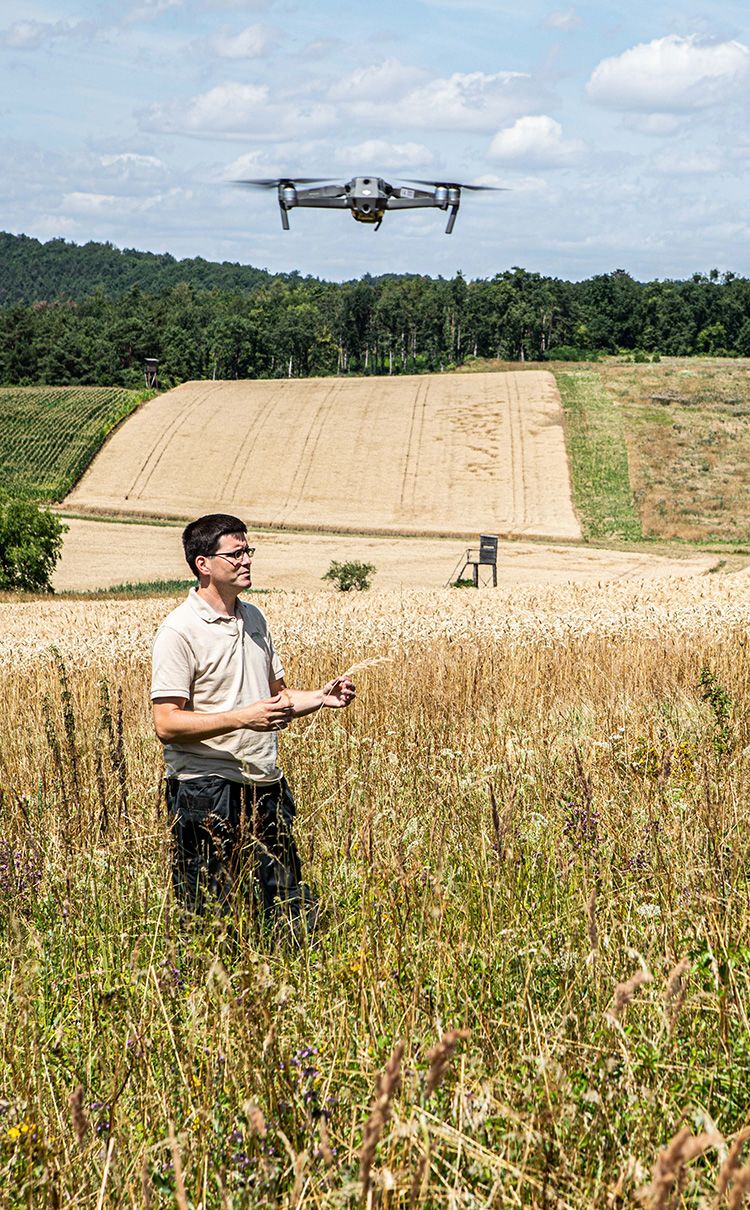
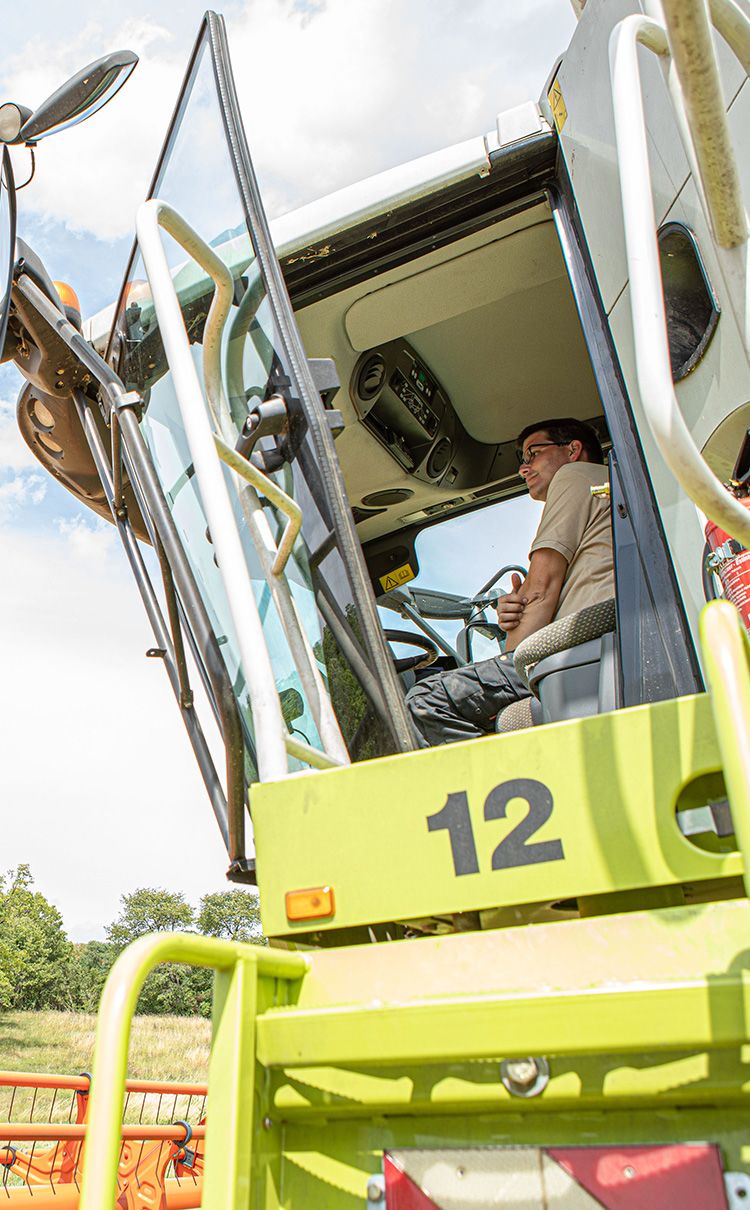
When yield increases,
protein and profit increase too
The regenerative agriculture approach is paying off. “We have a clear advantage in dry years. You can completely hold back the water and prevent erosion on this kind of land,” he says. “Just yesterday we harvested surprisingly positive yields. If you sum it up: In dry times, we manage to keep more water in the soil with regenerative agriculture, and the yield increases. Good humus brings more protein into the crop.
If the economics work out, why is regenerative agriculture not yet mainstream?
Mayr explains that it is a big change and requires intensive study of the soil and of the entire system of regenerative practices and tools. Every field may be different so there is a lot of experimentation with different crop rotations. Farmers must learn new techniques and will need different equipment. It can only be done step by step.
But it is coming. “I believe that with changing generations, and with the changing climate, younger people will increasingly say: ‘Look at this, let's do something’,” he says.
He sees fundamental misunderstandings about “modern agriculture”. “Many people believe that everything is bad now and everything was better in the past. That doesn't fit. It’s evolving, and that's not bad, it's always better. Traditional agriculture, where everyone drove a small tractor, made sense at the time. But no-one writes with a typewriter at home anymore, and that's exactly how things have developed for us. The equipment is our workplace in nature. Modern in the sense that we use new equipment and modern in the sense that we have become more efficient and still produce very good, high-quality products.”
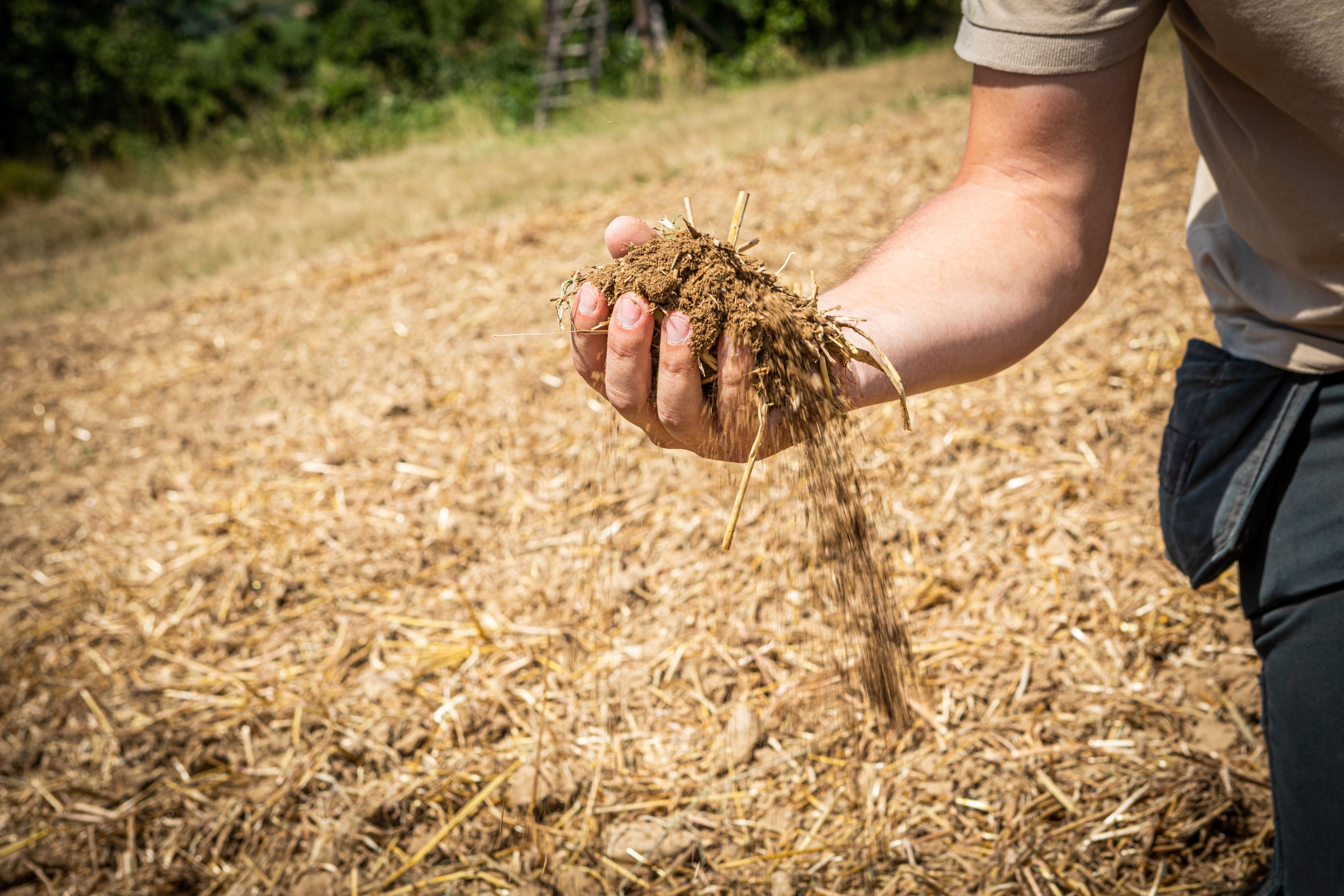
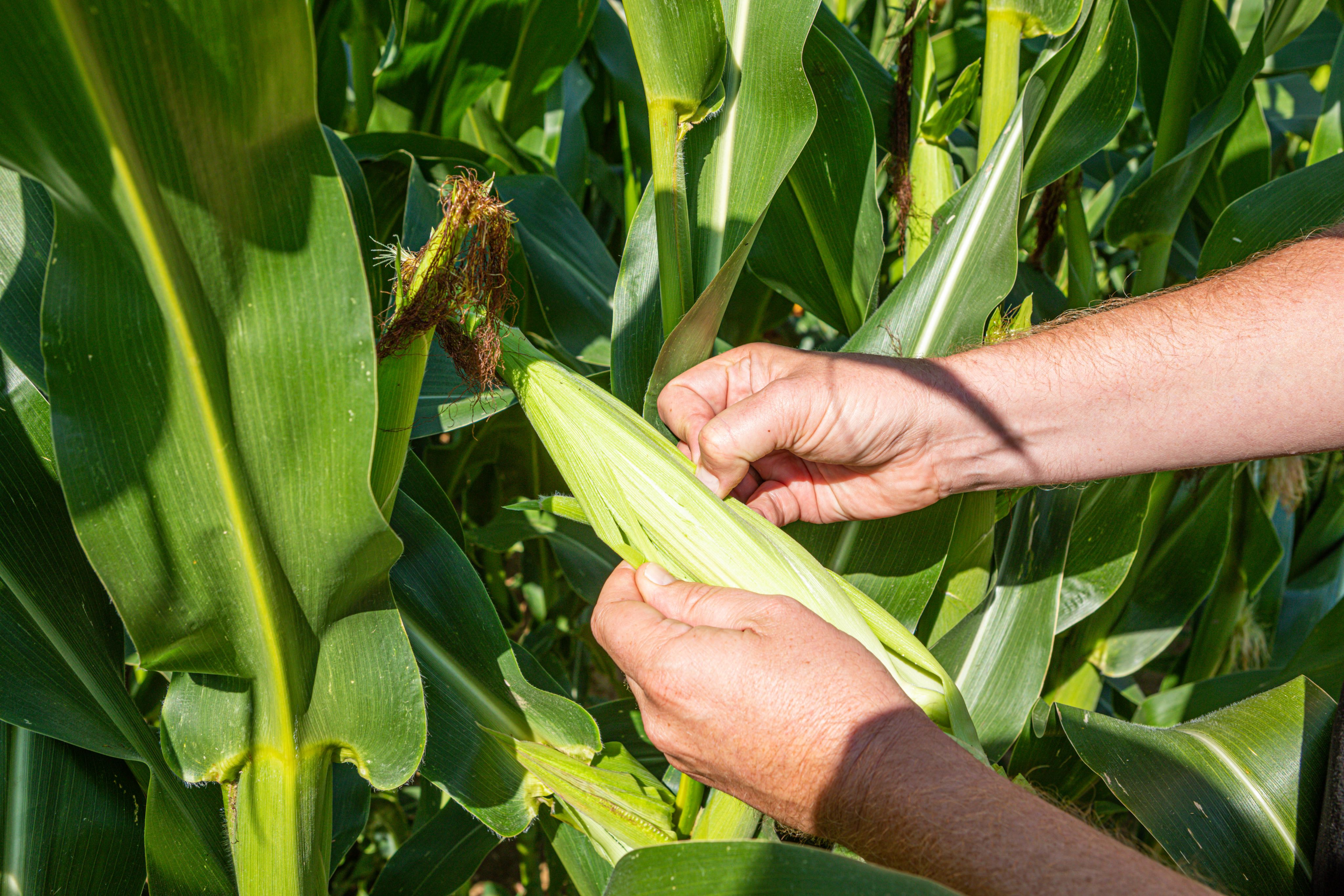
Being born a farmer is not enough
Educating others, spreading the word, is vital, and that’s one of the reasons Mayr is Chairman of the local soil association Boden Leben. He lectures in German-speaking countries and welcomes visitors to his farm. He is happy to show others how to start. And he is pleased that some agricultural colleges now have regenerative agriculture integrated in their curricula. “You are born a farmer, but it is always a question of further development, of training, of exchanging ideas with others.”
Technology innovation and research will push regenerative agriculture forward, he believes. He gives an example of where Syngenta Group investment in research could help. Currently, he says it will be difficult for farmers to achieve the nitrogen reduction target set out in the European Union Green Deal, while also storing more carbon in the soil. Finding ways to do this could take 15-20 years of trials with high capital costs: “Syngenta can play a big role and support us.”
Product labelling for food that comes from climate-neutral, climate-adapted agriculture will also help farmers. Consumers could choose produce from farms that set aside land for biodiversity and nurture their soil to capture more carbon and reduce greenhouse gases.
Meanwhile, he has one simple wish: “Rain at the right time and then to do everything so that not a drop is lost on the field. That is our task and that is our goal!”
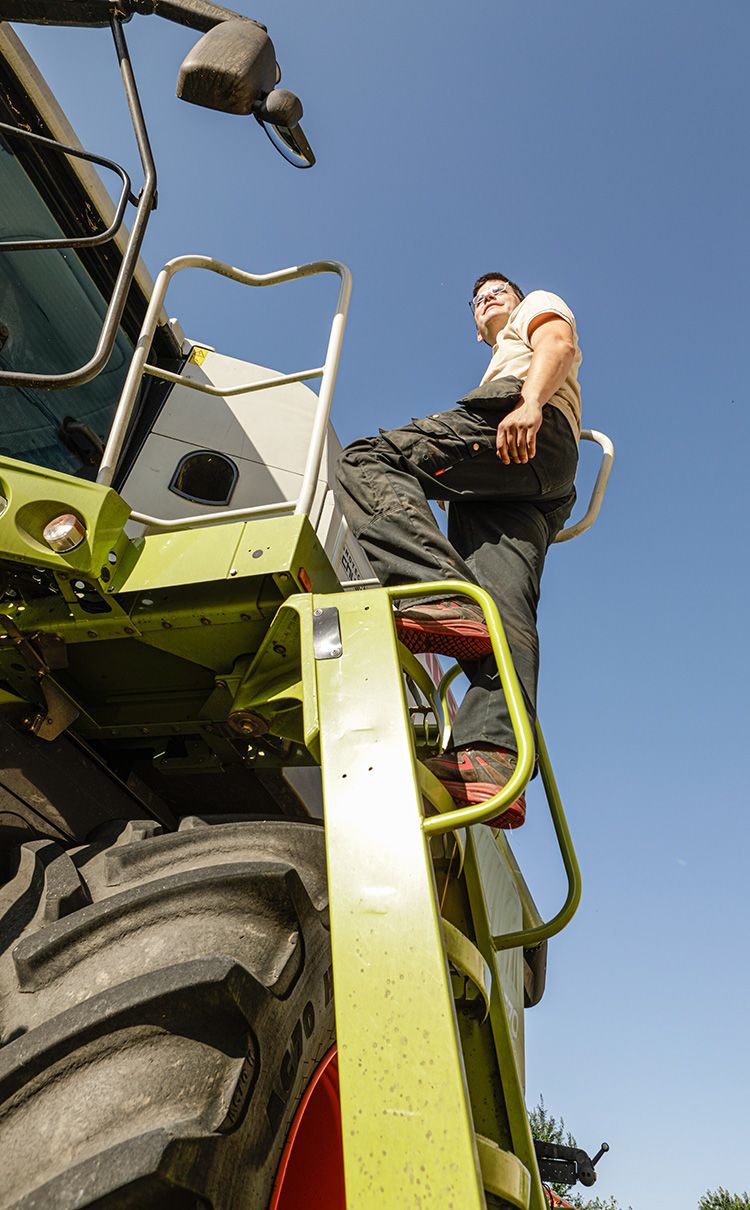
Precision agriculture:
An essential support
Precision agriculture is a key pillar of regenerative agriculture, and plays an important role on the Mayr farm.
Lorenz Mayr utilizes GPS technology to precisely target and apply crop protection products and fertilizer, reducing the amounts used. Drones fly over the fields looking for thistle spots so crop protection can be applied only on the weeds.
Satellite technology shows up the most fertile areas of land so Mayr can cultivate more there, which saves on the costs of seeds, fertilizer and pesticides, with less impact on the environment.
Precision fertilization allows him to use less fertilizer more efficiently. Fertilizer is injected directly into the soil, going straight to the roots, instead of the traditional method of being spread on top. As a result, groundwater is preserved as drinking water.
He is excited about a recent experiment using drones for seeding. “It means flying over the field with the drone before harvesting to spread the greening seeds. When I drive over the field with the combine harvester, I already have the first small green plants standing. That helps us to have a covered and greened soil even faster.”
